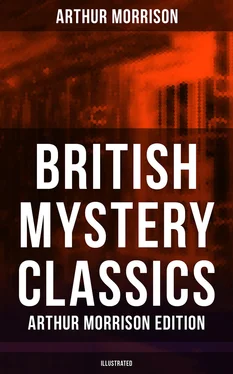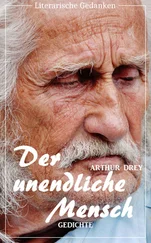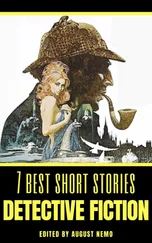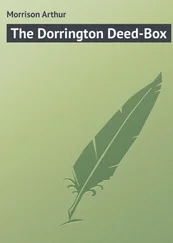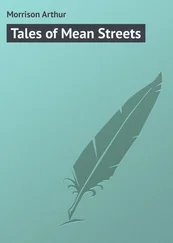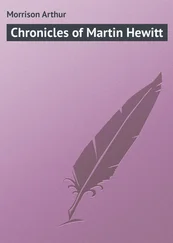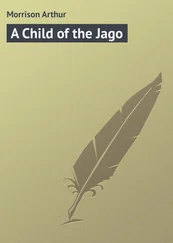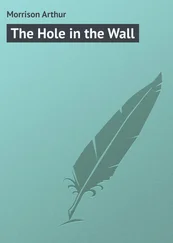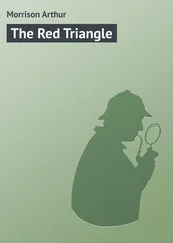“What shall you do?”
“Put the letter in the box with the casts for the police. Fiat justitia . you know, without any question of sentiment. As to the apple, I really think, if the police will let me, I’ll make you a present of it. Keep it somewhere as a souvenir of your absolute deficiency in reflective observation in this case, and look at it whenever you feel yourself growing dangerously conceited. It should cure you.”
This is the history of the withered and almost petrified half apple that stands in my cabinet among a number of flint implements and one or two rather fine old Roman vessels. Of Mr. Sidney Mason we never heard another word. The police did their best, but he had left not a track behind him. His rooms were left almost undisturbed, and he had gone without anything in the way of elaborate preparation for his journey, and without leaving a trace of his intentions.
The Case of the Dixon Torpedo
Table of Contents
HEWITT was very apt, in conversation, to dwell upon the many curious chances and coincidences that he had observed, not only in connection with his own cases, but also in matters dealt with by the official police, with whom he was on terms of pretty regular, and, indeed, friendly, acquaintanceship. He has told me many an anecdote of singular happenings to Scotland Yard officials with whom he has exchanged experiences. Of Inspector Nettings, for instance, who spent many weary months in a search for a man wanted by the American Government, and in the end found, by the merest accident (a misdirected call), that the man had been lodging next door to himself the whole of the time; just as ignorant, of course, as was the inspector himself as to the enemy at the other side of the party-wall. Also of another inspector, whose name I can not recall, who, having been given rather meager and insufficient details of a man whom he anticipated having great difficulty in finding, went straight down the stairs of the office where he had received instructions, and actually fell over the man near the door, where he had stooped down to tie his shoe-lace! There were cases, too, in which, when a great and notorious crime had been committed, and various persons had been arrested on suspicion, some were found among them who had long been badly wanted for some other crime altogether. Many criminals had met their deserts by venturing out of their own particular line of crime into another; often a man who got into trouble over something comparatively small found himself in for a startlingly larger trouble, the result of some previous misdeed that otherwise would have gone unpunished. The ruble note-forger Mirsky might never have been handed over to the Russian authorities had he confined his genius to forgery alone. It was generally supposed at the time of his extradition that he had communicated with the Russian Embassy, with a view to giving himself up—a foolish proceeding on his part, it would seem, since his whereabouts, indeed even his identity as the forger, had not been suspected. He had communicated with the Russian Embassy, it is true, but for quite a different purpose, as Martin Hewitt well understood at the time. What that purpose was is now for the first time published.
The time was half-past one in the afternoon, and Hewitt sat in his inner office examining and comparing the handwriting of two letters by the aid of a large lens. He put down the lens and glanced at the clock on the mantel-piece with a premonition of lunch; and as he did so his clerk quietly entered the room with one of those printed slips which were kept for the announcement of unknown visitors. It was filled up in a hasty and almost illegible hand, thus:
Name of visitor: F. Graham Dixon .
Address: Chancery Lane .
Business: Private and urgent .
“Show Mr. Dixon in,” said Martin Hewitt.
Mr. Dixon was a gaunt, worn-looking man of fifty or so, well, although rather carelessly, dressed, and carrying in his strong, though drawn, face and dullish eyes the look that characterizes the life-long strenuous brain-worker. He leaned forward anxiously in the chair which Hewitt offered him, and told his story with a great deal of very natural agitation.
“You may possibly have heard, Mr. Hewitt—I know there are rumors—of the new locomotive torpedo which the government is about adopting; it is, in fact, the Dixon torpedo, my own invention, and in every respect—not merely in my own opinion, but in that of the government experts—by far the most efficient and certain yet produced. It will travel at least four hundred yards farther than any torpedo now made, with perfect accuracy of aim (a very great desideratum, let me tell you), and will carry an unprecedentedly heavy charge. There are other advantages—speed, simple discharge, and so forth—that I needn’t bother you about. The machine is the result of many years of work and disappointment, and its design has only been arrived at by a careful balancing of principles and means, which are expressed on the only four existing sets of drawings. The whole thing, I need hardly tell you, is a profound secret, and you may judge of my present state of mind when I tell you that one set of drawings has been stolen.”
“From your house?”
“From my office, in Chancery Lane, this morning. The four sets of drawings were distributed thus: Two were at the Admiralty Office, one being a finished set on thick paper, and the other a set of tracings therefrom; and the other two were at my own office, one being a penciled set, uncolored—a sort of finished draft, you understand—and the other a set of tracings similar to those at the Admiralty. It is this last set that has gone. The two sets were kept together in one drawer in my room. Both were there at ten this morning; of that I am sure, for I had to go to that very drawer for something else when I first arrived. But at twelve the tracings had vanished.”
“You suspect somebody, probably?”
“I can not. It is a most extraordinary thing. Nobody has left the office (except myself, and then only to come to you) since ten this morning, and there has been no visitor. And yet the drawings are gone!”
“But have you searched the place?”
“Of course I have! It was twelve o’clock when I first discovered my loss, and I have been turning the place upside down ever since—I and my assistants. Every drawer has been emptied, every desk and table turned over, the very carpet and linoleum have been taken up, but there is not a sign of the drawings. My men even insisted on turning all their pockets inside out, although I never for a moment suspected either of them, and it would take a pretty big pocket to hold the drawings, doubled up as small as they might be.”
“You say your men—there are two, I understand—had neither left the office?”
“Neither; and they are both staying in now. Worsfold suggested that it would be more satisfactory if they did not leave till something was done toward clearing the mystery up, and, although, as I have said, I don’t suspect either in the least, I acquiesced.”
“Just so. Now—I am assuming that you wish me to undertake the recovery of these drawings?”
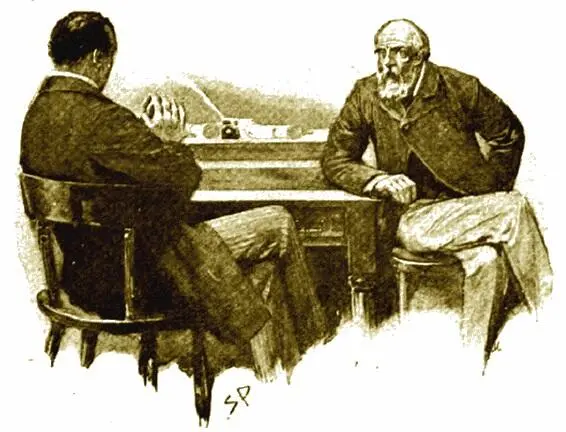
The engineer nodded hastily.
“Very good; I will go round to your office. But first perhaps you can tell me something about your assistants—something it might be awkward to tell me in their presence, you know. Mr. Worsfold, for instance?”
“He is my draughtsman—a very excellent and intelligent man, a very smart man, indeed, and, I feel sure, quite beyond suspicion. He has prepared many important drawings for me (he has been with me nearly ten years now), and I have always found him trustworthy. But, of course, the temptation in this case would be enormous. Still, I can not suspect Worsfold. Indeed, how can I suspect anybody in the circumstances?”
Читать дальше
